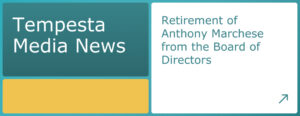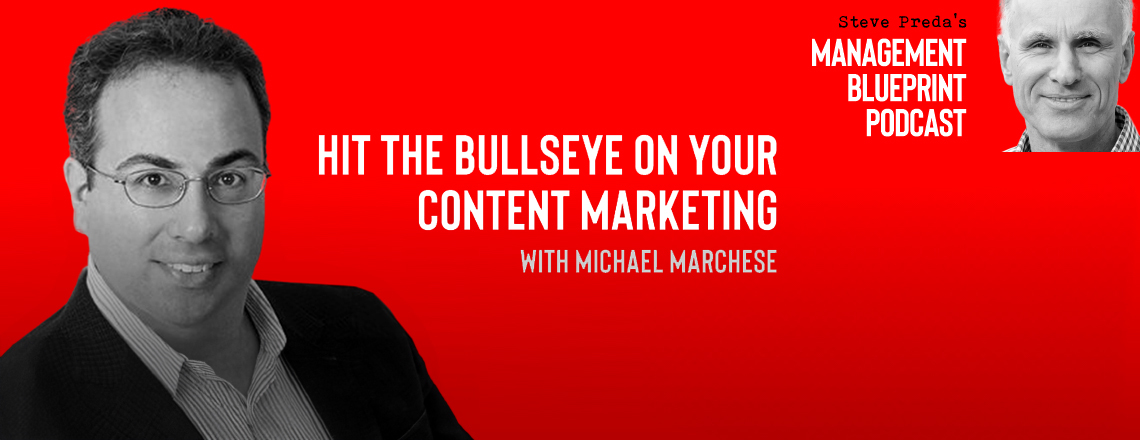There can be artistic aspects to creating online content, but it is most effective when it is based on a scientific approach.
Content marketing, after all, is about creating and sharing valuable, high-quality content to boost brand visibility while simultaneously generating interest in a business’s products and/or services.
It is well established that content is king and that high-quality content – or 10x content – is what it takes to succeed at content marketing. The problem is that the definition of quality content varies widely within the industry.
What does great content look like?
If one were to ask different people what “great content” looks like, the question will likely generate different answers. Quality, after all, is subjective.
But great content is not just something created by feel or intuition. This is where the science of content creation comes in. It concerns itself with the research and production of different content types and formats designed for a specific audience.
This means that there is an actual methodology that content marketers can follow to determine whether their content meets the standard of “good.” And it all begins by asking the questions listed below.
Is the content targeted?
For any content asset to be successful, it has to be a reflection of the overall campaign’s understanding of its audience, and where specific segments of the audience place in their respective “buyer journey.” This means that a successful content marketing campaign must have different types of content that:
- Raises awareness
- Promotes brand discovery
- Builds thought leadership
- Nurtures leads into sales
A tried and proven way to understand a campaign’s potential audience is to construct detailed profiles of those buyers called buyer personas–essentially semi-fictional representations of a brand’s ideal customer. They include their pain points, motivations and where they are on the buyer journey. The more detailed the buyer personas, the easier it is to craft content that speaks to their needs, resulting in targeted content.
Is the content credible?
In any niche or industry, there will always be a few people whose ideas and insights command influence and respect. What is it that makes them worth following and listening to? How can marketers create content that has the same effect on their brand?
The good news is that creating content offers a natural way to earn credibility. But it is not enough to just churn out article after article, which will only join the other 2 million “me too” blogs that are published every day.
A proven way to make any content asset more credible is to cite a study, chart, graph, case study or survey, and writing explanations about these findings. Doing this allows the credibility of those references to amplify the importance of the content asset.
If a brand does this repeatedly, each content asset it publishes will eventually gain a steady following of people looking for the next piece to fill them in on a valuable insight or tactic they can apply to their own situation.
Is the content valuable?
Content becomes valuable when it lines up with what its audience needs, instead of being simply the product of a wild guess. Valuable content combines different points that result in a piece that’s interesting, informative, and engaging all at the same time.
And more often than not, a valuable content asset does this by answering questions in the minds of its target audience. For example, someone looking for credible and relevant information on stress will probably have questions like:
- How do I manage my stress?
- Why do I feel stressed all the time?
- Is it normal to feel stressed?
- What are examples of stress management techniques?
The more questions a content can answer, the more valuable it becomes in the eyes of the audience. But these answers also have to be credible and based on fact. Anything else is vacuous filler.
Final thoughts
Although there are several other questions that can help determine content quality, these three tips serve as a reliable baseline for measuring the effectiveness of content assets. If anything, the key takeaway from this guide is to consistently produce content that addresses the needs and concerns of a well-defined target audience, which should eventually turn them into loyal customers.












